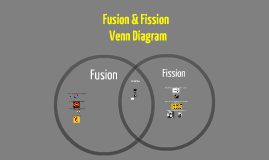
The Pope is considered the King’s representative. 1: The diagonals are congruent, but the quadrilateral has no right angles.Ģ: Two consecutive sides are congruent, but the figure is not a rhombus.ģ: Each diagonal is 3 cm long, and the two opposite sides are 2 cm long.Ĥ: Two opposite angles are right angles, but the quadrilateral is not a rectangle.ĥ: One diagonal is a perpendicular bisector of the other. Which of the quadrilaterals are NOT parallelograms? Choose three. Rounding to 2 significant digits gives us 11 grams of Lithium sulfate.Įach of the following statements describes a quadrilateral. Now looking at the balanced reaction, for every mole of Pb(SO4)2 used, we produce 2 moles of Li2SO4.

Looking at the balanced reaction, for every mole of Pb(SO4)2 used, we need 4 moles of LiNO3. Pb(SO4)2 + 4 LiNO3 => Pb(NO3)4 + 2 Li2SO4įirst, let's calculate the number of moles of each reactant we have, start by calculating their molar masses using the atomic weights of the involved elements: That means that Ag(NO3) is the limiting reactant, which means that it will be consumed completely, whilce Co is the excess reactant.

Given the mole ratio 1 mol Co : 2 mol Ag(NO3) you can conclude that there is not enough Ag(NO3) to make all the Co react. # moles Ag(NO3) = mass in grams / molar mass Answer 1: 10.03 g of siver metal can be formed.ġ mol Co : 2 mole AgNO3 : 1 mol Co(NO3)2 : 2 mol AgĤ) Convert the masses in grams of the reactants into number of moles


 0 kommentar(er)
0 kommentar(er)
